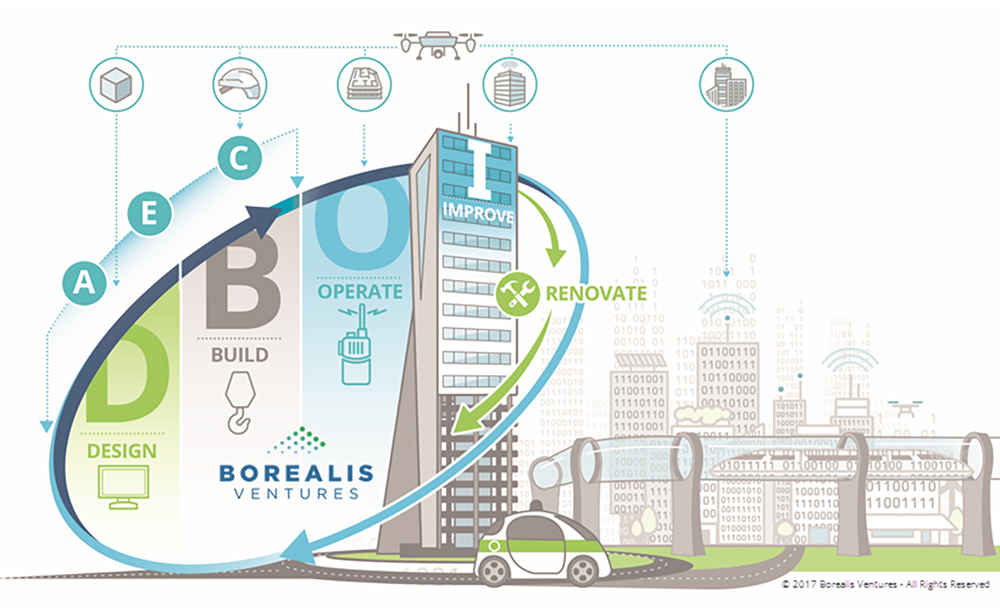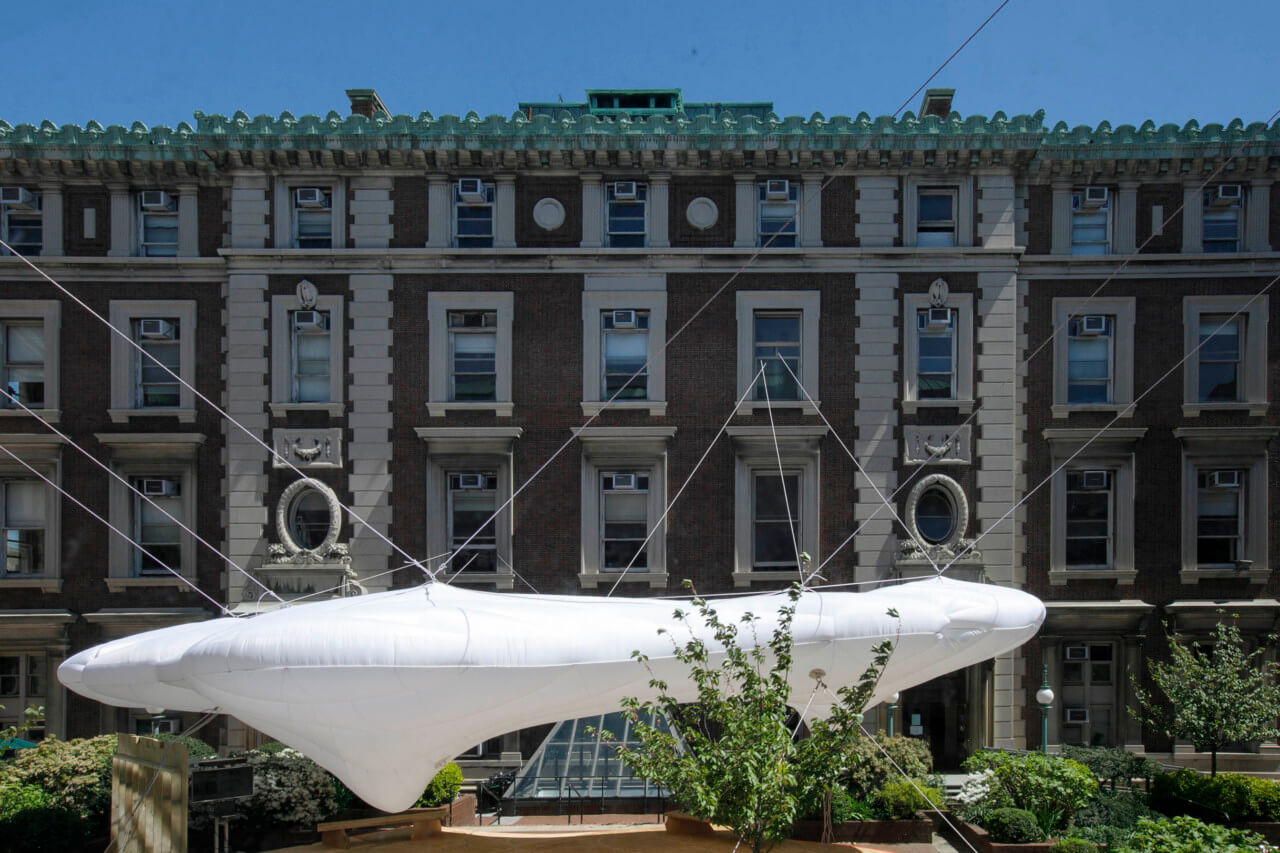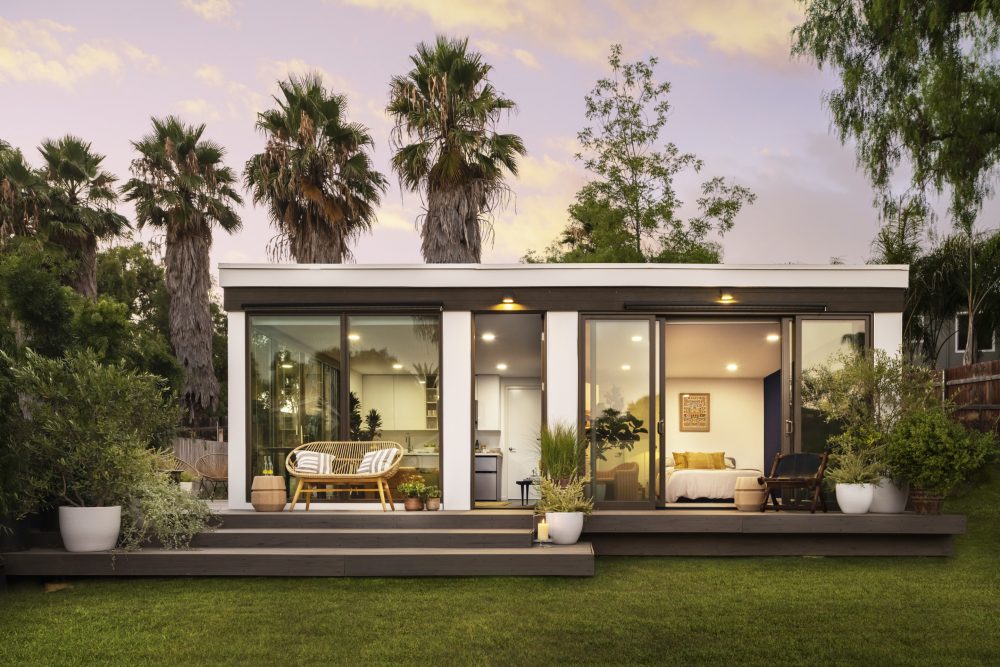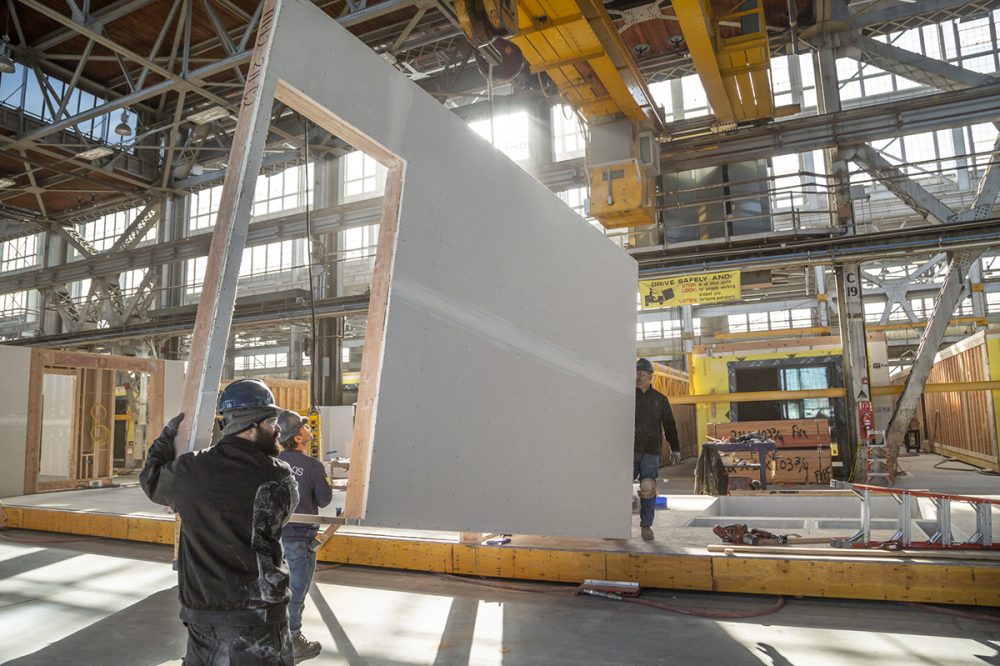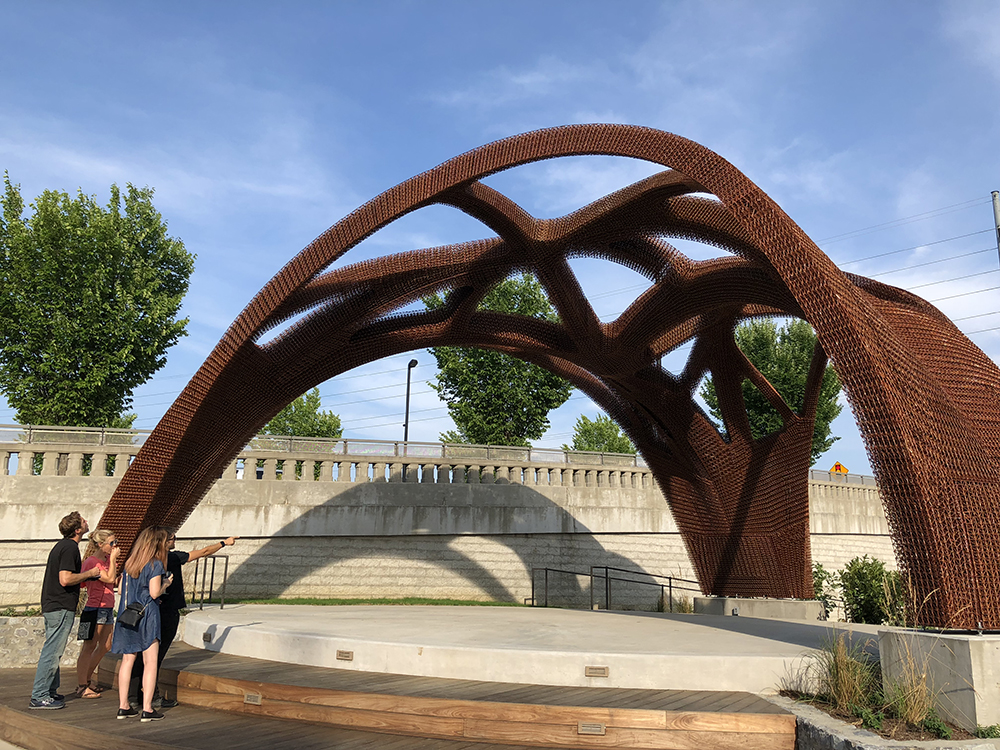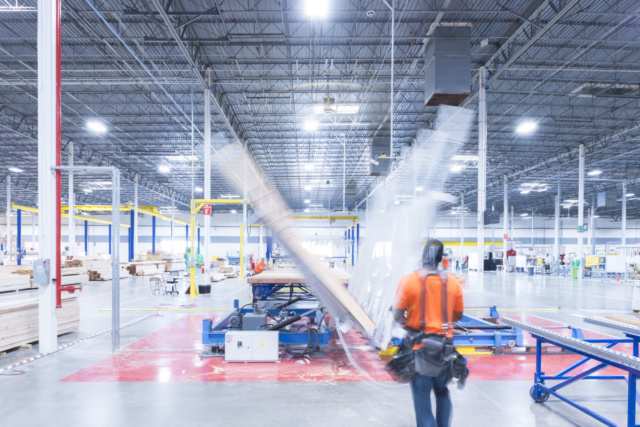In Constructuring: An Unstoppable Trend, a white paper by Borealis Ventures’ Ian Howell, speculates as to which practices holdback the construction industry’s ability to build housing on-time and within budget. Citing a McKinsey & Company study which found that “large projects across asset classes typically take 20 percent longer to finish than scheduled and are
Zenon has directed multi-disciplinary consultant teams on some of WZMH’s largest projects. With a strong record of performance, he excels in meeting tight schedules on fast-track projects, including high-tech and mission-critical facilities. Zenon brings energy, enthusiasm, and rigor to the management of each project he is involved in, with a strength in organizational clarity and
Summer is approaching, and that means that schools are saying goodbye to another generation of students. At the Columbia University Graduate School of Architecture, Planning and Preservation (GSAPP), that meant the creation of the Avery SPOT, a high-tech inflatable installation and wooden stage that were used to hold GSAPP events and commencement from April 29 through May 1.
Los Angeles’s Sunset Strip is a charming hodgepodge where buildings old and new jostle for space with palm trees and rotating billboards. Adding to this riotous scene is a new urban marker every bit as attention-grabbing as Hollywood blockbusters and architectural kitsch. At 67 feet tall, the West Hollywood Sunset Spectacular is somewhere between a billboard and
Mighty Buildings, a new San Francisco-based construction startup, is aiming to 3D print prefabricated housing. They’ve hit the ground running, and the company has already produced a number of accessory dwelling units (ADUs) and partnered with EYRC Architects to design its new range of stylish, small homes. By producing lightweight, stone wall, flooring, and roof
Autodesk is making a bet on the future of prefabrication for disaster housing with an investment in FactoryOS and the company’s California-based “Rapid Response Factory.” In addition to allowing the startup to begin experimenting with constructing post-natural disaster homes on the factory floor, the funding will reportedly allow the Bay Area startup to create a
“What if you could download and print a house for half the cost?” reads the lede for the Vulcan II, a 3D printer with a name suited for sci-fi space exploration, on the website of Austin-based company ICON. Now the company has put this claim to the test, building what it says is the first
ETH Zürich’s high-tech showhome opened its doors this past week. The three-story DFAB HOUSE has been built on the NEST modular building platform, an Empa– and Eawag–led site of cutting-edge research and experimentation in architecture, engineering, and construction located in Dübendorf, Switzerland. The 2,150-square-foot house, a collaboration with university researchers and industry leaders, is designed
On July 18th, Chattanooga-based architectural fabricator Branch Technology unveiled the world’s largest 3D-printed structure, a bandshell pavilion measuring 20-feet-tall and 42-feet-wide. The pavilion was first announced in Cambridge, Massachusetts during MIT’s 2018 International Association for Shell and Spatial Structures. The structure is located in Nashville’s emerging smart-city neighborhood, OneC1TY. Reported by Architect Magazine, the carbon
Some of the most fruitful innovation in the AEC industry right now lies in the realm of factory-built buildings. Whether they include experiments with prefabrication, mass-timber construction, or modular components, architects are increasingly working with building assemblies that are fabricated off-site and under controlled conditions. And while some designers work in these modes on a
